Like ice cream, anime comes in many different “flavors”, or genres. In my last article, I mentioned how there is something for everyone who wanted to get into anime. Here, I’ll be going over a list of the major genres of anime.
- Shounen
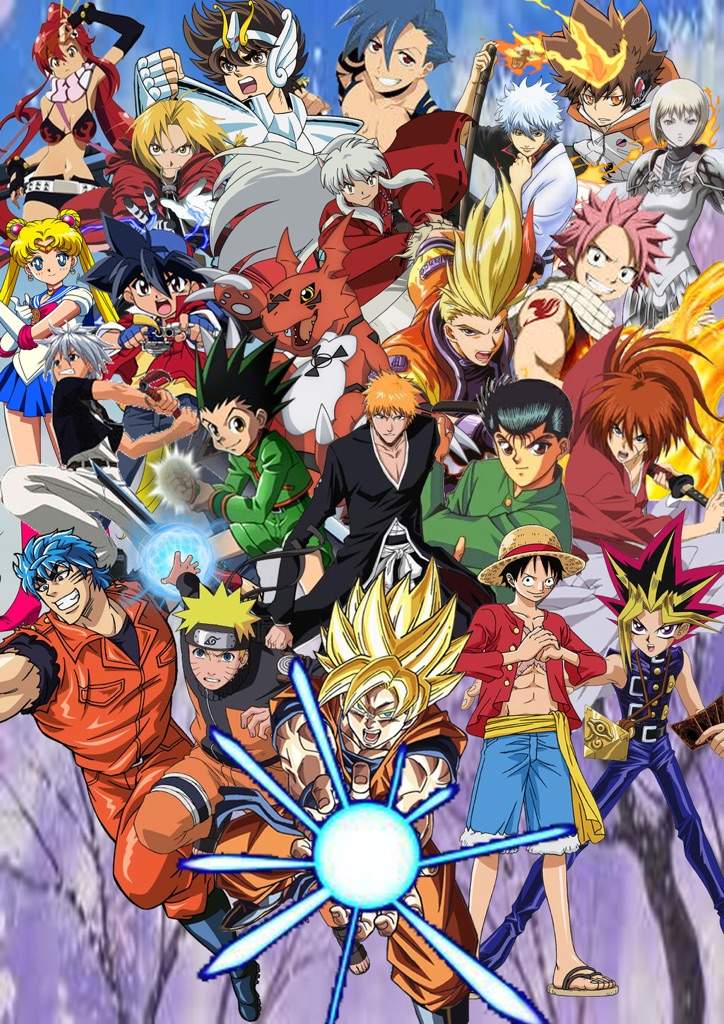
Let’s get this out of the way. Shounen is far and away the most popular genre of anime, seeing how the majority of anime’s viewership is made up of teenage boys (usually from ages 10-18). As these shows cater to a male demographic, these shows have lengthy runs and tend to have lots of action and adventure (not to mention female fanservice). Examples of this genre include My Hero Academia, Naruto, One Piece, the Dragon Ball franchise, Bleach, Jojo’s Bizarre Adventure,and Fullmetal Alchemist.
2. Shoujo

The female counterpart to shonen, the shoujo demographic is mainly comprised of girls aged 10-18. This genre works very well with the romance and comedy genre, particularly the former. Shoujo protagonists are generally female and the worlds with these types of shows are generally idealistic. Examples include Kamisama Kiss, Ouran High School Host Club, and Fruits Basket.
3. Seinen

Seinen anime tend to focus on young adult male demographics. They run the gamut of topics in subject matter, ranging from action, politics, science fiction, fantasy, relationships, sports, or comedy. In a way, they are considered the grown-up equivalent of the shonen genre. Some good examples of seinen anime are Berserk, Excel Saga, Ghost in the Shell, Tokyo Ghoul, and Trigun.
4. Josei

What is josei, you might ask? Well, put it this way: It is to shoujo what seinen is to shonen: a more grown up version of its parent genre. Josei generally caters to adult women, and tends to depict life and romance in a more mature perspective, usually with more grounded realism and less idealistic fantasies. Its audience mainly consists of women who grew up reading shoujo stories in their childhoods. Examples of josei anime are Paradise Kiss, Nodame Cantabile, and Chihayafuru.
5. Action

If you are a fan of fight scenes, or just action in general, then is up your alley. More often than not, these types of anime feature thrilling battles and action packed fight scenes, enough to make you jump out of your seat or knock your socks off. This genre often features lots of battle scenes, fluid animation, and highly engaging elements to get that adrenaline rushing. Examples of action anime include Black Lagoon, Samurai Champloo, Fullmetal Alchemist: Brotherhood, and Darker than Black.
6. Psychological/Thriller

These types of anime delve into the human psyche and examine how the mind works. This genre tackles topics on a psychological (sometimes even philosophical) level, and you’ll find mind games and battles of wits to be the primary focus of the narrative. Some good examples of psychological/thriller anime include Death Note, Monster, Paranoia Agent, and Serial Experiments Lain.
7. Ecchi
The word ecchi is derived from the sound of the letter H, which is short for hentai (“pervert” in Japanese). This subgenre is full of sexually provocative scenes (mild enough to be viewed by a general audience) and is, on the whole, full of fanservice. Ecchi has seen a massive uptick in popularity as more titles are produced every year. Examples of ecchi anime include Keijo!!!!!!!, To-Love Ru, High School DxD, and Shimoneta.
8. Harem/reverse harem
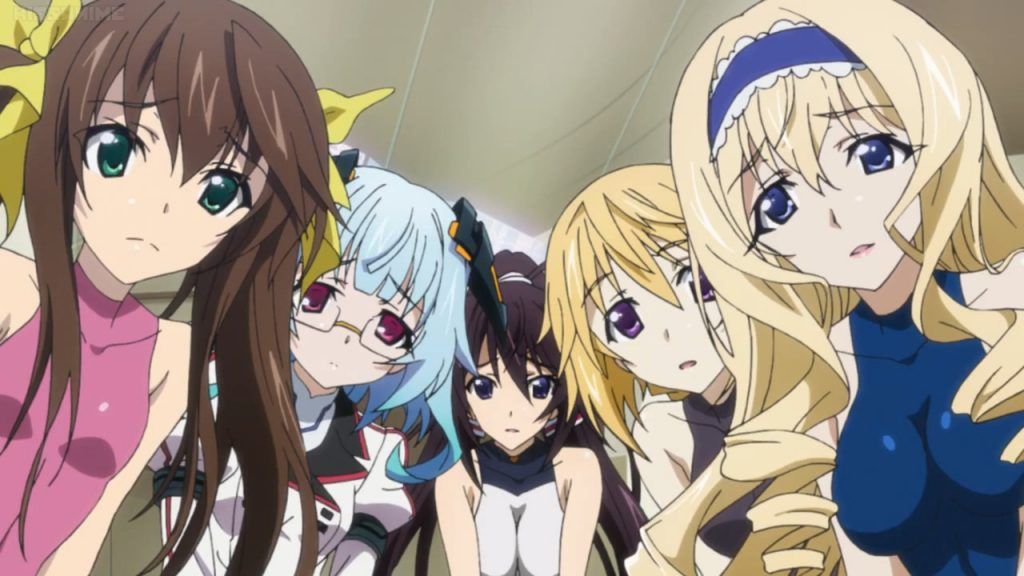

If you see a male anime character reluctantly being surrounded by multiple female characters who all adore him, or vice versa, then you’re either watching a classic harem anime (male with female harem) or a reverse harem (female with male harem). A classic harem anime typically features more than two female characters fall head-over-heels in love with the male protagonist (the genders are reversed for the reverse harem anime). This genre typically goes hand-in-hand with the comedy and romance genres, though it is possible to have no romance and focus mainly on slapstick. Harem anime shows include To Love-Ru!, High School DxD, and Sekirei. Reverse harem anime, meanwhile, include Ouran High School Host Club, Fruits Basket, and The Wallflower.
9. Horror
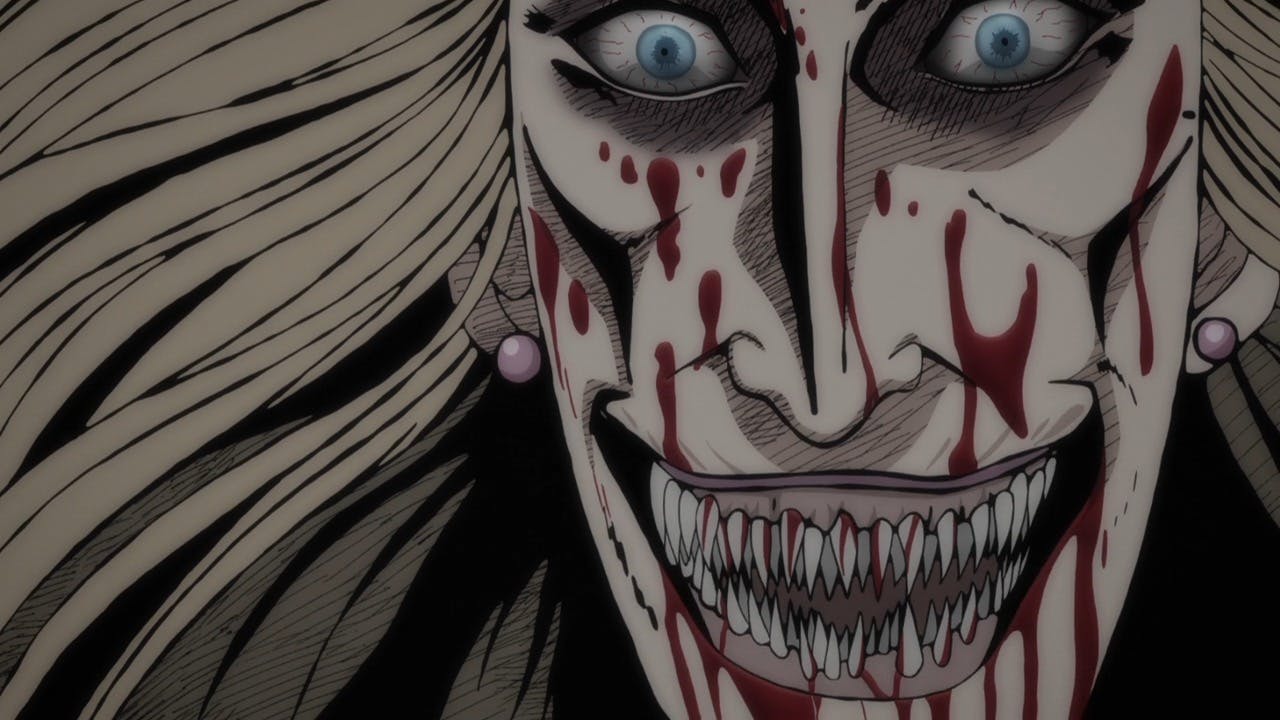
This is the stuff that nightmares are made of. Shows in this genre are guaranteed to send a shiver up your spine and give you goosebumps. Whether it’s gore, creepy stuff, ghosts, monsters, or other spooky stuff, the most important factor of a horror ability is its ability to scare the crap out of you. Shows in this genre include Blood-C, Junji Ito, Another, School Live!, and Hell Girl.
10. Romance

Ah, love. We mostly see it as a wonderful feeling, but for some, it can very, very painful. The focus of shows in this genre is romantic relationships between characters as well as their blossoming love for each other. Some good examples of romance anime include Toradora!, Kaguyasama: Love Is War, and Clannad and its sequel, Clannad: After Story .
11. Mecha

If you’re a fan of robots fighting, then this is the genre for you. Mecha anime tend to feature a lot of robots and mechanical suits engaging in combat with one another. Along with shonen, this is one of Japan’s most popular anime genres. Examples of this genre include Tenga Toppa Gurren Lagann, Code Geass, and Neon Genesis Evangelion.
12. Isekai

Have you ever wanted to leave this world behind for a better one? Maybe at some point we’ve all had that feeling of just wanting to experience life in another world. And that’s what isekai is; from the Japanese word for “other world” or “different world”, it features a protagonist who is transported to and has to survive in another world. Examples of isekai include In Another World With My Smartphone, Cautious Hero, So I’m a Spider, So What?, KonoSuba, or for a darker take, The Rising of the Shield Hero.
13. Superhero
Who doesn’t love a good superhero? I’m sure that all of us have idolized Superman, Batman, or some other comic book heroes growing up. I’m even certain that we all to become superheroes ourselves when we grew up. Shows like these often fall in the action category due to the large presence of fighting and battle. Examples of superhero anime include One Punch Man, Tiger & Bunny, and My Hero Academia.
14. Comedy
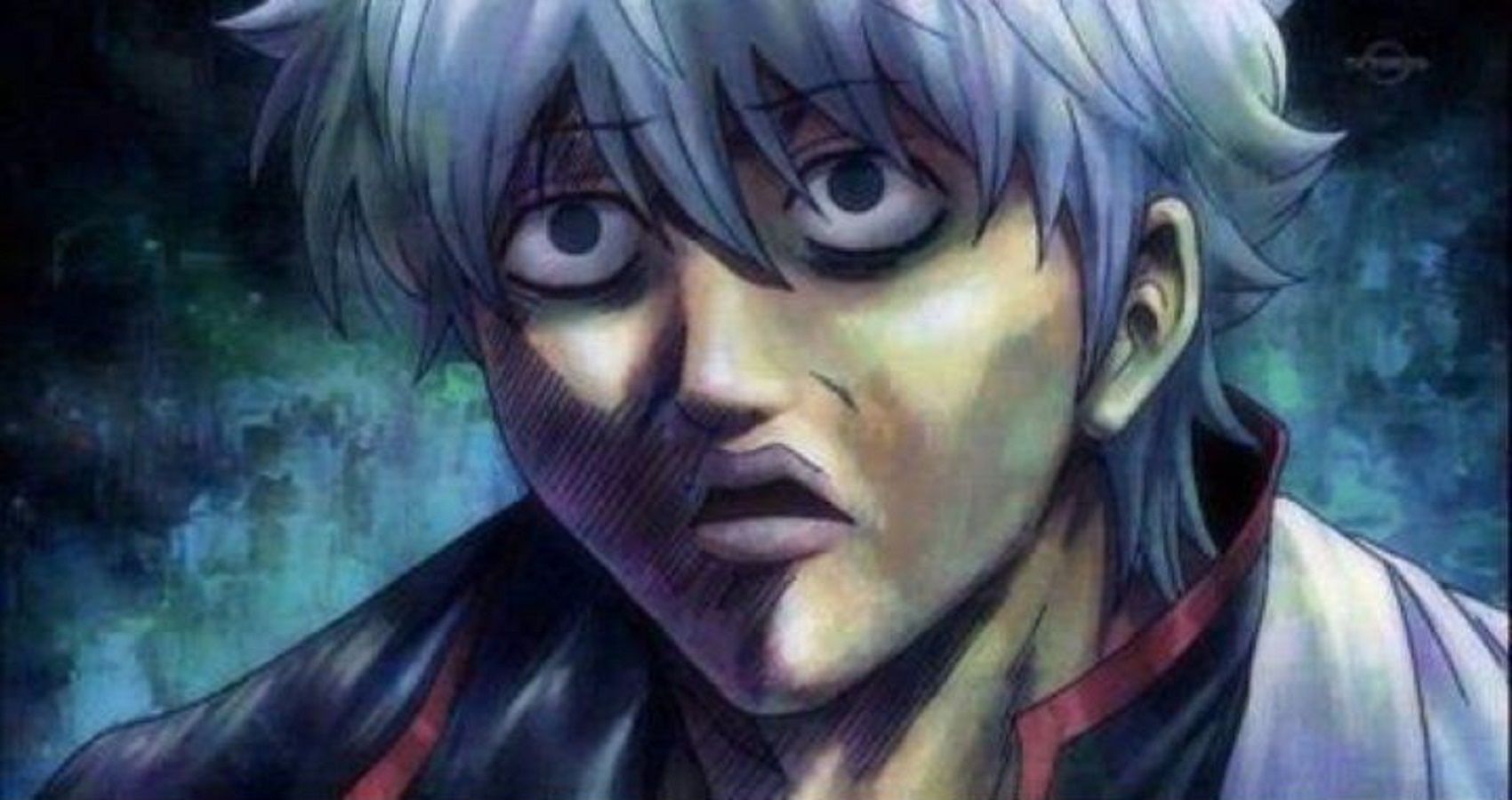
Charlie Chaplin once said, “A day without laughter is a day without sunshine.” The main purpose of a comedy is to … you guessed it … make you laugh. Shows in this genre often feature feature hilarious dialogue, wacky scenes, comical happenings and funny moments. Examples of comedy anime include Gintama!, The Devil Is A Part-Timer!, and Sergeant Frog.
15. Slice-of-life
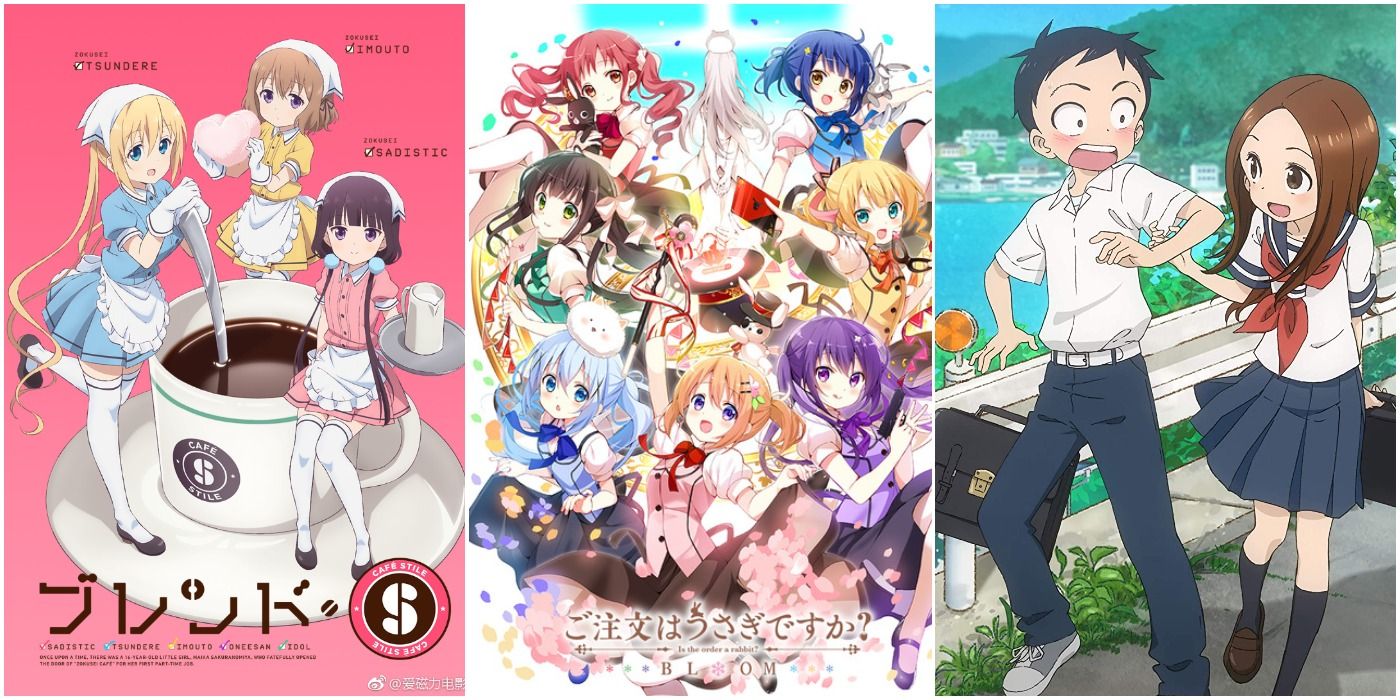
If you ever want to take a break from fantasy, then good ol’ slice of life is recommended for you. As the title of the genre states, stories under this category take place in the category of real life, with nothing fantastical to break the premise, and everyday activities are portrayed realistically. Examples of slice-of-life include Uzaki-chan wa Asibotai!, Miss Kobayashi’s Dragon Maid, Azumanga Daioh, and Non Non Biyori.
16. Magical Girl (Mahou Shoujo)

The magical girl genre is a popular subgenre of the shoujo genre. It centers around young girls who possess magical girl abilities, which they often use their as personas for their alter egos. Even though the genre dates back as the 1960s with works like Princess Knight and Sally the Witch, it wasn’t until the 1990s that the groundbreaking Sailor Moon series came along and redefined the whole genre. Shows in this genre tend to be idealistic. Examples besides Sailor Moon include Magical Girl Lyrical Nanoha, Tokyo Mew Mew, Revolutionary Girl Utena, Wedding Peach, and for a darker example, Puella Magi Madoka Magica.
17. Kids (Kodomomuke)
Yes, even the little ones can get into anime if they want to. Although anime is in and of its self more adult-oriented than western animation, there are a surprising number of popular kids anime. Examples include Pokemon, Digimon, Doraemon, and the oft-overlooked Snow White with the Red Hair.
18. Hentai
Literally the Japanese word for “pervert”, this is the mature domain of the anime world. Shows in this domain depict nudity and other sexually explicit content. Unlike ecchi anime, the focus here is on explicit sexual content rather than on storyline and narrative. As a result, shows under this domain are short and lacking in substance.
19. Yaoi (shounen-ai)
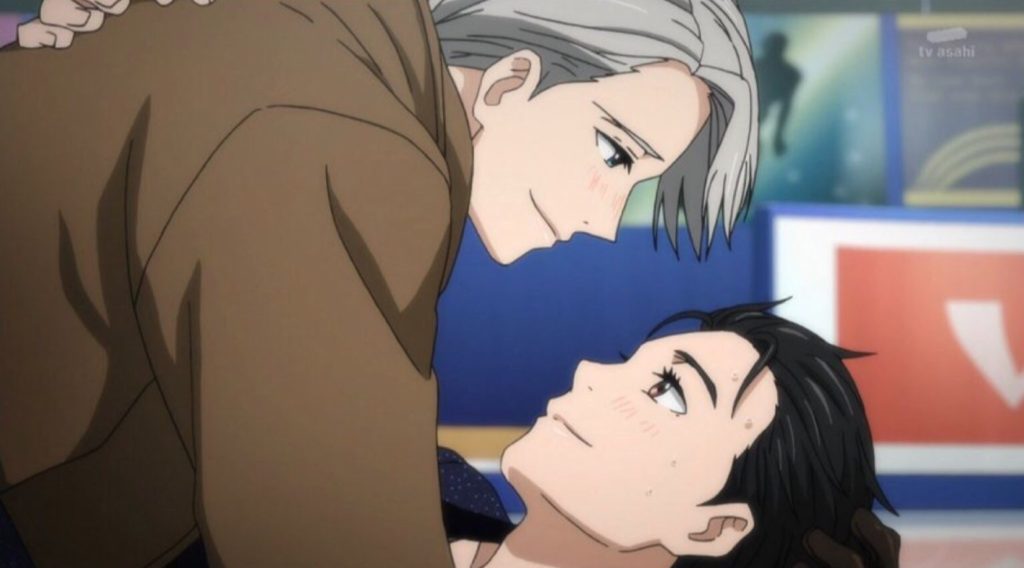
Known as boys’ love in some circles, shounen-ai typically features male characters displaying tender affection for each other. Shounen-ai is generally tamer and milder compared to the more explicit yaoi genre. There is usually more focus on developing romance in lieu of actual relationships. Examples of shounen-ai include This Boy Caught A Merman, Gakuen Heaven, and Yuri!!! On Ice (along with possibly Banana Fish).
20. Yuri (shoujo-ai)

Very much the female version of shounen-ai, shoujo-ai typically displays female characters showing love and affection for each other, with romance more milder in comparison to the more explicit yuri genre. Just like with yoai/shounen-ai, these stories focus more on budding relationships rather than actual romance. Examples include Citrus, Sakura Trick, Strawberry Panic, Aoi Hana and Burst Angel.
So which genres of anime are you ready to check out? Do any of these genres entice you to check them out further? Let me know!
(NB: I actually had images for the Ecchi and Hentai categories, but this site doesn’t allow NSFW images.)
Bibliography:
Khan, Juliet. “Anime Genres Explained.” Looper. Published 19 February 2020. Anime Genres Explained (looper.com).
Kid, Cheeky. “A Complete List of Anime Genres With Explanations.” Reel Rundown. Published 30 January 2018. A Complete List of Anime Genres With Explanations – ReelRundown.










